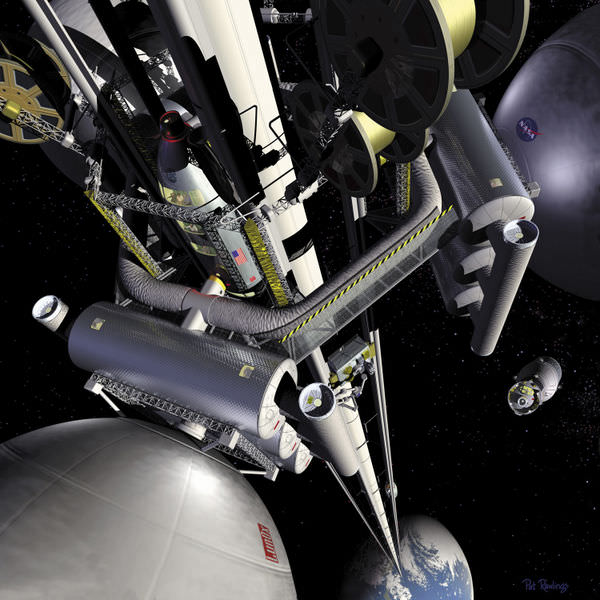According to Nebula Theory, stars and their systems of planets form when a massive cloud of gas and dust (a nebula) undergoes gravitational collapse at the center, forming a new star. The remaining material from the nebula then forms a disk around the star from which planets, moons, and other bodies will eventually accrete (a protoplanetary disk). This is how Earth and the many bodies that make up the Solar System came together roughly 4.5 billion years ago, eventually settling into their current orbits (after a few migrations and collisions).
However, there is still debate regarding certain details of the planet formation process. On the one hand, there are those who subscribe to the traditional “bottom-up” model, where dust grains gradually collect into larger and larger conglomerations over tens of millions of years. Conversely, you have the “top-down” model, where circumstellar disk material in spiral arms fragments due to gravitational instability. Using the Atacama Large Millimeter/submillimeter Array (ALMA), an international team of astronomers found evidence of the “top-down” model when observing a protoplanetary disk over 500 light-years away.
Continue reading “ALMA Detects Hallmark “Wiggle” of Gravitational Instability in Planet-Forming Disk”










